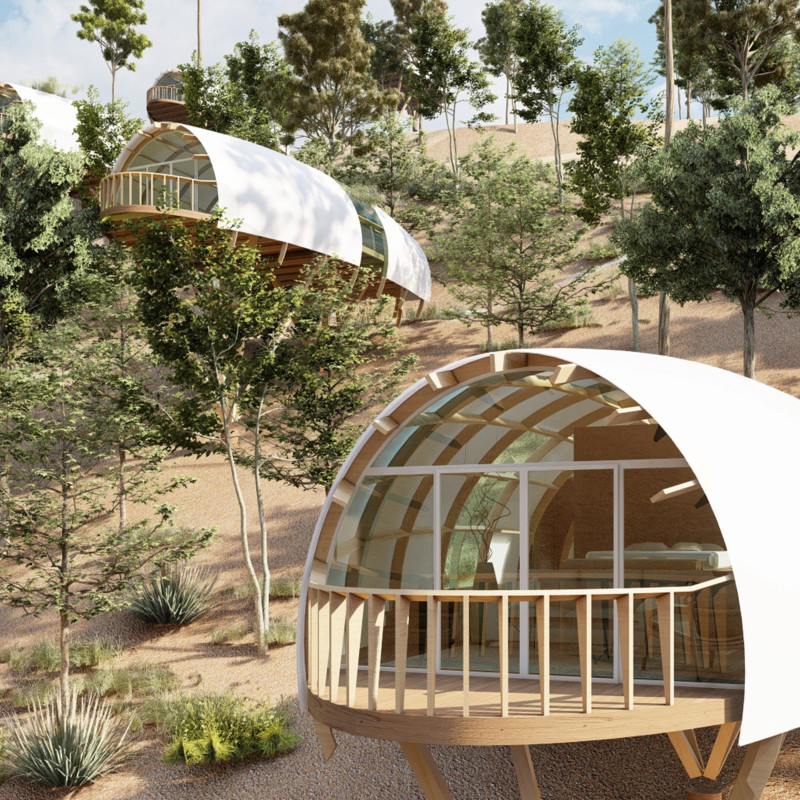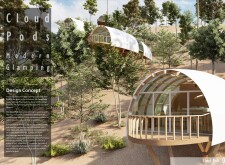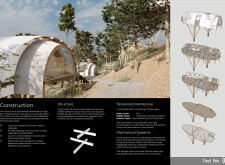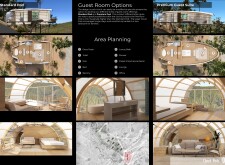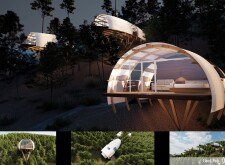5 key facts about this project
The architectural design project presented represents a thoughtful integration of functionality and contemporary aesthetics in [Geographical Location]. This project embodies principles of modern architecture while addressing the specific needs of its users and the environment. The overall form responds to its context, featuring a harmonious relationship with the surrounding landscape through careful consideration of massing, orientation, and materiality.
The primary function of the project is to serve [insert specific function, e.g., residential, commercial, community services], providing spaces that facilitate [describe the activities performed, e.g., work, living, interaction]. The layout is strategically designed to enhance user experience, allowing for natural movement and interaction among inhabitants. Key areas within the design include [mention important parts, such as entry points, common areas, private spaces, and special features]. Each component is meticulously planned to achieve both utility and aesthetic quality, creating an environment that promotes engagement and comfort.
Sustainability and energy efficiency are core aspects of this project. The design incorporates passive solar strategies, such as [describe features like overhangs, window placement, or thermal mass], to optimize natural light and minimize energy consumption throughout the year. Additionally, the material selection reflects a commitment to environmentally friendly practices; materials like recycled steel, sustainable wood, and low-VOC finishes have been prioritized. The use of green roofs or landscaped terraces not only enhances biodiversity but also aids in managing stormwater, contributing to the ecological performance of the site.
The project distinguishes itself through specific design approaches that set it apart from typical examples within its category. One notable feature is [discuss innovative aspects such as modular construction methods, adaptive reuse of existing structures, or integration of smart technology]. These elements enhance the adaptability, efficiency, and overall experience within the space. Furthermore, the design implements [mention unique design components like biophilic design, open-plan layouts, or flexible spaces], allowing for diverse uses and potential future modifications as the needs of the occupants evolve.
The architectural language of the project is characterized by [describe the aesthetic elements, such as clean lines, open spaces, or specific shapes]. This language is not only visually appealing but also resonates with the cultural context of [Geographical Location], ensuring the structure feels grounded within its surroundings while pushing the boundaries of contemporary design.
For a comprehensive understanding of this architectural endeavor, including detailed architectural plans, sections, and design elements, readers are encouraged to explore the project presentation further. This exploration will provide a deeper insight into the architectural ideas and approaches that shaped this project, revealing the intricacies of its design and functionality.


